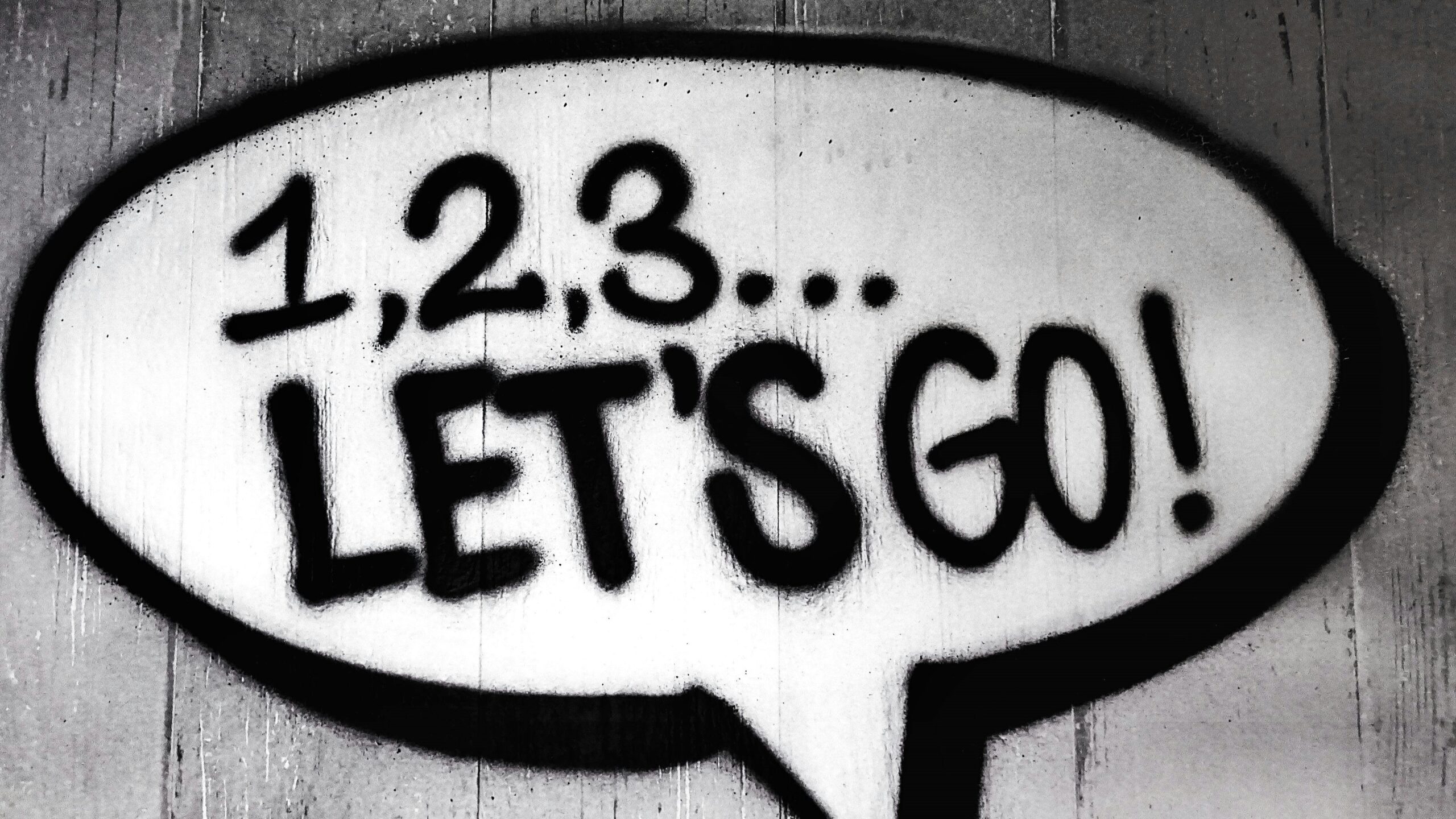Confidence isn’t something you’re born with and keep forever—it’s something you build, lose, and rebuild throughout life. Setbacks, whether personal or professional, can shake your sense of self and make you question your abilities. But the good news is: confidence is not gone for good. It can be restored—and even strengthened—after tough experiences.
In this article, you’ll discover how to recover your confidence after a failure, disappointment, or unexpected turn. Whether you’ve lost a job, ended a relationship, or simply feel off track, these steps will help you rise stronger and move forward with purpose.
Why Setbacks Hurt Confidence
Setbacks often trigger a mix of emotions like shame, self-doubt, frustration, and fear. You might start thinking:
- “I’m not good enough.”
- “I’ll never recover from this.”
- “What’s wrong with me?”
- “Everyone else is doing better than I am.”
These thoughts are common, but they’re not true. What hurts most isn’t the setback itself—it’s the meaning we assign to it. Rebuilding confidence means changing that internal narrative and shifting from negative self-talk to a more empowering mindset.
Step 1: Acknowledge the Pain Without Shame
Before you can rebuild, allow yourself to feel the emotions that came with the setback. Suppressing or ignoring them only delays healing. Give yourself permission to say:
- “This hurt.”
- “I’m disappointed.”
- “I feel uncertain.”
There’s nothing weak about acknowledging your pain—it’s a sign of emotional maturity. Recognizing your feelings is the first step toward moving through them.
Step 2: Separate the Event From Your Identity
You are not your failure. You are not your mistake. You are not your rejection. A single event—or even a series of them—does not define who you are or what you’re capable of.
Instead of saying, “I failed,” try saying, “That attempt didn’t work, but I’m learning.” Instead of “I’m terrible at this,” say, “I’m still figuring it out.” This shift in perspective allows you to separate your identity from the event, creating space for growth and resilience.
Step 3: Reflect on What You’ve Learned
Every setback offers wisdom—if you’re willing to look for it. Ask yourself:
- What can I learn from this experience?
- What would I do differently next time?
- What strengths did I demonstrate, even in the struggle?
Write down your answers. The act of reflection transforms failure into fuel and helps you move forward with a clearer sense of purpose. This process also encourages you to view setbacks as opportunities for growth, not as permanent obstacles.
Step 4: Reconnect With Your Strengths
When your confidence is low, it’s easy to forget everything you’ve already overcome. Remind yourself of your past triumphs and personal strengths:
- What are five things I’m proud of?
- What challenges have I conquered before?
- What qualities helped me survive those tough moments?
Consider creating a “confidence file”—a journal or digital folder where you collect kind messages, accomplishments, and proud moments to revisit whenever your self-belief needs a boost.
Step 5: Take One Small Step Forward
Confidence doesn’t return all at once. You rebuild it one step at a time. Start with small, manageable actions:
- Apply for one new opportunity.
- Reach out to one supportive person.
- Try one thing you’ve been avoiding.
- Revisit one goal and take the first action.
Each step you take sends a powerful message to your brain: “I’m not stuck. I’m rebuilding.”
Step 6: Surround Yourself With Encouragement
Confidence thrives in the right environment. Avoid people who minimize your pain or compare your journey to theirs. Instead, surround yourself with:
- Friends who uplift you
- Mentors who guide you
- Communities that support your growth
- Content that inspires you
Choose voices that remind you of your worth, especially when you forget it yourself.
Step 7: Redefine What Confidence Means to You
Many people mistakenly believe that confidence means being fearless or perfect. In reality, confidence is about:
- Taking action even when you’re scared.
- Speaking kindly to yourself during setbacks.
- Being honest about your growth areas.
- Trusting that you’ll figure things out.
Confidence isn’t loud; it’s a steady, quiet trust in yourself.
Step 8: Celebrate Your Progress
Don’t wait until everything is perfect to celebrate. Confidence grows when you acknowledge progress:
- You asked for help—that’s a win.
- You kept going when it was hard—that’s a win.
- You tried again—that’s a huge win.
Progress, not perfection, is the path forward.
Step 9: Use Visualization to Rebuild Self-Belief
Visualization is a powerful tool to rebuild mental strength. Take a few minutes each day to imagine yourself:
- Speaking confidently in a meeting.
- Smiling after completing a goal.
- Feeling strong and grounded during challenges.
The brain responds to imagery—and repeated visualization can rewire your belief system.
Step 10: Give Yourself Time
Confidence is a journey, not a switch you flip. Be patient with yourself. Healing after a setback takes time, and that’s okay. Let go of the pressure to “bounce back” quickly. Instead, focus on moving forward—gently, steadily, and with compassion.
Final Thoughts: Your Setback Isn’t the End of Your Story
Every person who has ever achieved something meaningful has faced setbacks. What separates them isn’t luck—it’s the decision to keep going, to rebuild, and to believe again. You’re not broken. You’re becoming. This chapter may feel heavy, but it’s not your whole book. On the other side of this experience is a version of you that’s more resilient, more grounded, and more confident than ever.
